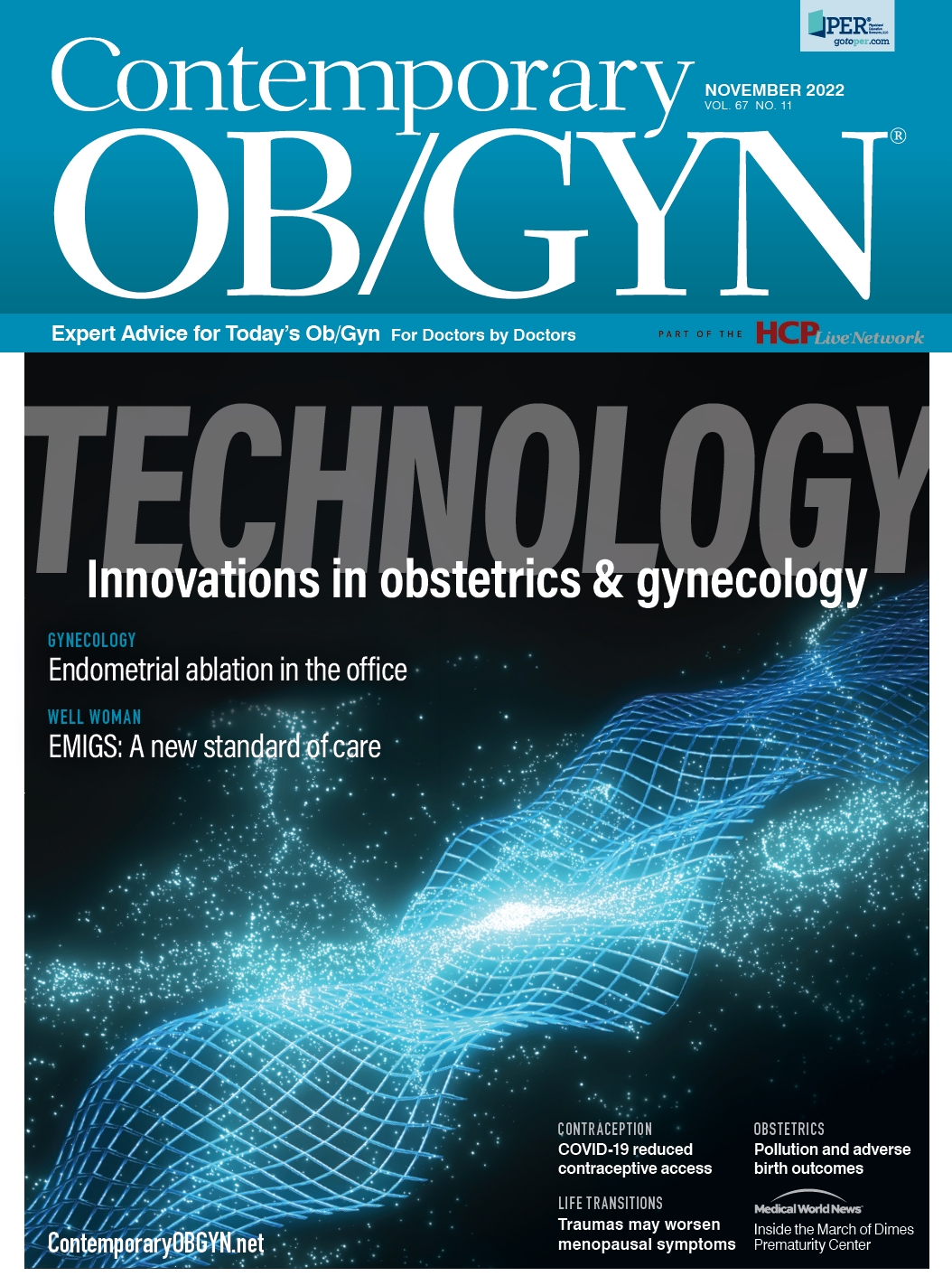Study: COVID-19 reduced contraceptive access
In a recent study, it was found that access to contraceptive services declined during the COVID-19 pandemic.
COVID-19 has resulted in short-term effects on contraceptive needs and access, along with reproductive outcomes, according to a recent study.
Healthcare systems have been significantly affected by the pandemic, as resources were stressed, and services weakened. The World Health Organization (WHO) released a survey revealing nearly all countries’ healthcare systems suffered from the pandemic, with lower-income countries suffering further.
Infectious disease outbreaks often affect patterns of sexual activity. During the Ebola outbreak, family planning decreased 6% in Sierra Leone, 65% in Liberia, and 51% in Guinea. Ebola survivors were not offered means of contraception following the outbreak, despite the acknowledgment that unwanted pregnancies should be avoided during an outbreak.
Investigators saw a need to examine how COVID-19 has affected access to reproductive health services. They conducted a study with the goal of forming empirical evidence to help healthcare professionals make model-based estimates on the services needed.
In the 3-phase study, investigators conducted an electronic bibliographic database search. The first phase consisted of initial limited searches of PubMed, then an assessment of words used in the title and abstract of the papers collected. In the next phase, a new search was conducted using the identified keywords and index terms. Finally, reference lists from the papers were reviews for relevant sources.
There were 28 peer-reviewed documents gathered, and 43 not peer-reviewed. COVID-19’s effects on contraception were discussed in 55 of these documents, discussing demand, provision, access, or reproductive outcomes.
In some papers, declines in contraceptive services were seen at the beginning of the pandemic, with improvements occurring in the following months. Others, however, recorded continuing declines in available services. By November 2020, about half of available services were back to pre-COVID levels.
Reduced services during the pandemic included disruptions to the provision of contraceptive services, reduced availability or stockouts, and healthcare services being unable to offer provider-administered methods. Access varied based on population, and 1 in 3 women aged 18 to 30 years in Ghana, Kenya, Uganda, and Zimbabwe who needed family planning services had their access to these services affected by COVID-19.
Fear of infection, lack of transport, travel-related restrictions, cost, increased waiting times, and limited home visits by health workers all contributed to limiting access to contraceptive services. In adolescents, isolation and closure of schools compounded these issues.
Investigators noted that all but 1 study indicated some aspect of contraceptive services declining during COVID-19. As the impact varied between studies, investigators concluded that further studies should be conducted on how the pandemic affected contraceptive services.
Reference
Polis CB, Biddlecom A, Singh S, Ushie BA, Rosman L, Saad A. Impacts of COVID-19 on contraceptive and abortion services in low- and middle-income countries: a scoping review, Sexual and Reproductive Health Matters. (2022);30(1).doi:10.1080/26410397.2022.2098557

Recap on reproductive rights with David Hackney, MD, MS
December 20th 2022In this episode of Pap Talk, we spoke with David Hackney, MD, MS, maternal-fetal medicine physician at Case Western Reserve University and chair of ACOG's Ohio chapter for a full recap of where restrictions on reproductive rights have been and where they're going.
Listen
In this episode of Pap Talk, Gloria Bachmann, MD, MSc, breaks down what it means to be a health care provider for incarcerated individuals, and explores the specific challenges women and their providers face during and after incarceration. Joined by sexual health expert Michael Krychman, MD, Bachmann also discusses trauma-informed care and how providers can get informed.
Listen
